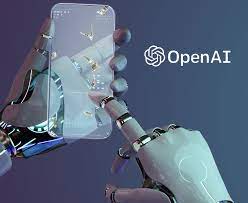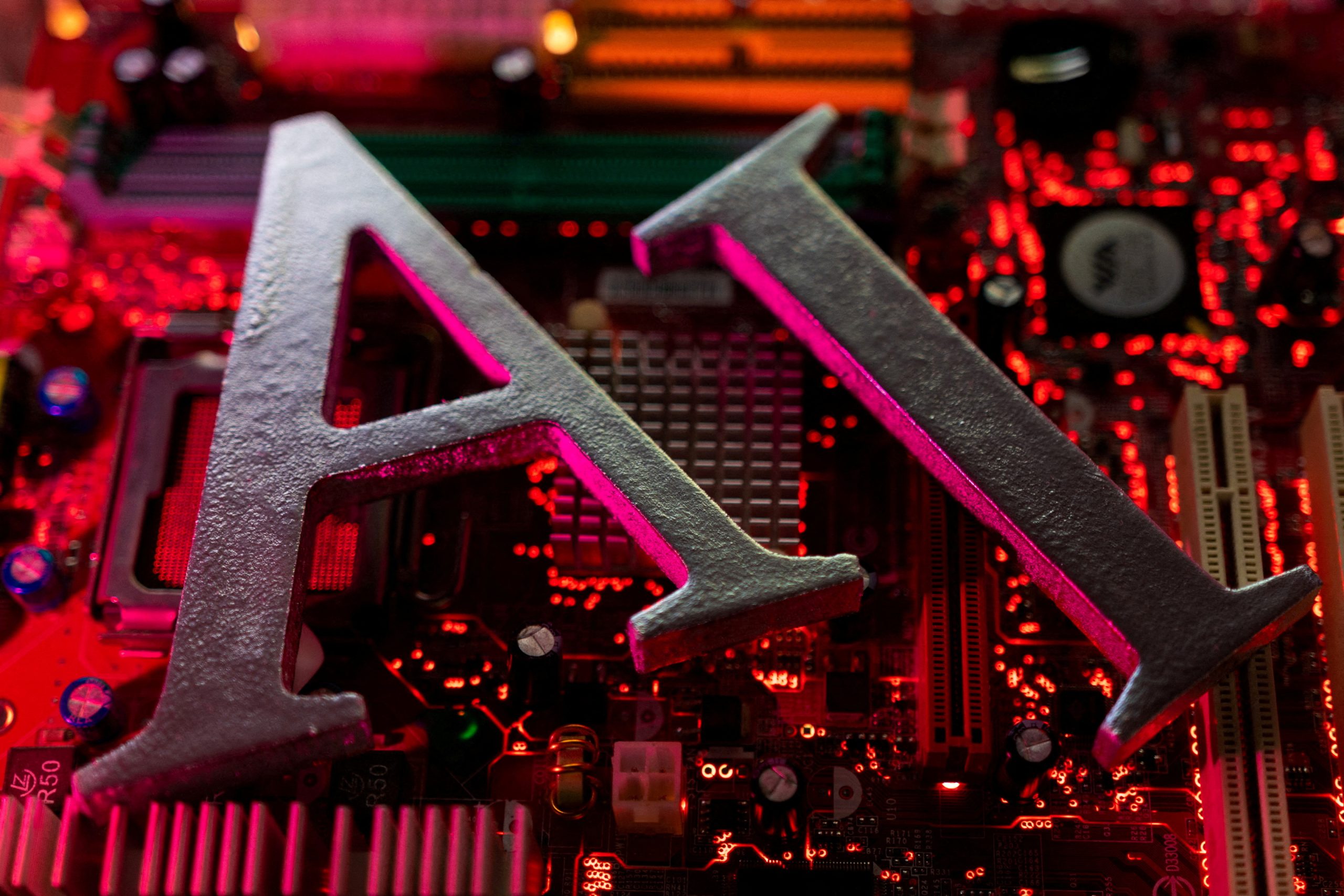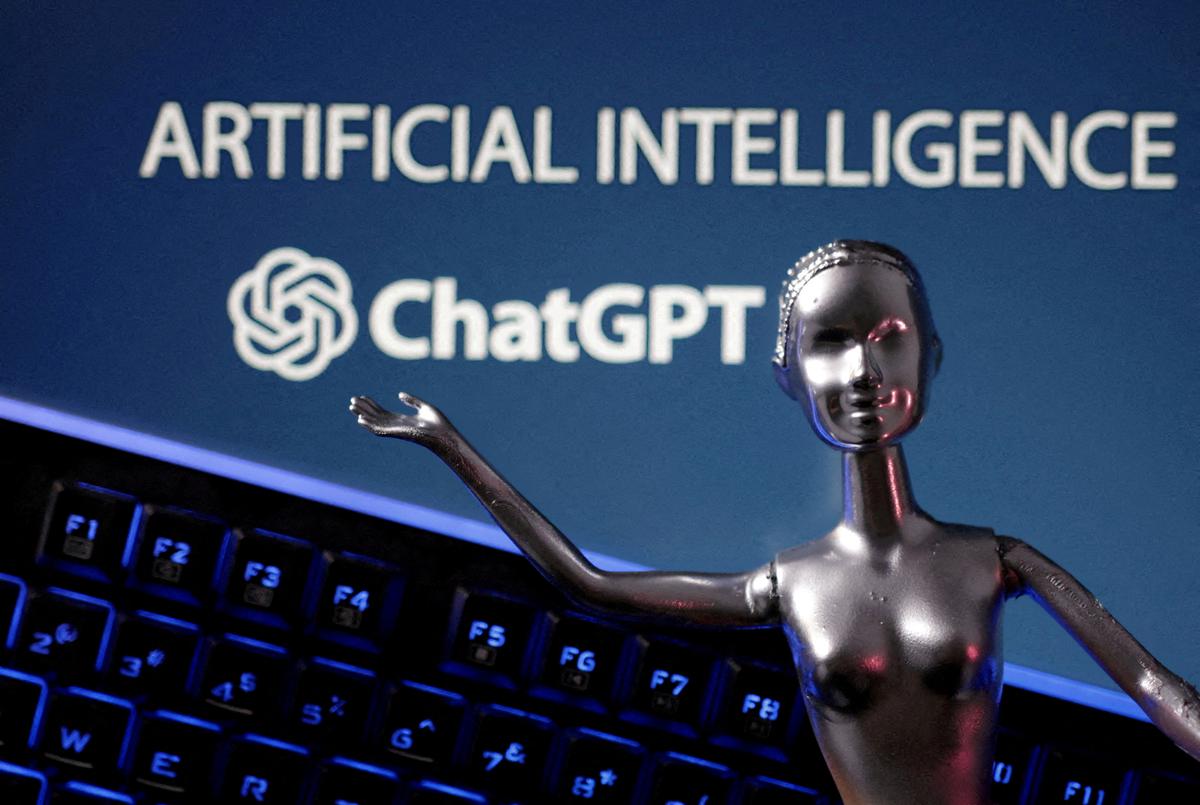OpenAI Launches GPTBot: A Breakthrough in Web Crawling Technology
Introduction
In a world driven by algorithms and artificial intelligence, OpenAI has made a significant leap forward with the introduction of GPTBot, a revolutionary web crawler. GPTBot is designed to enhance the accuracy, capabilities, and safety of AI models, such as GPT-4 and the future GPT-5. This article explores the features and implications of GPTBot and provides insights into how website owners can restrict or limit its access.
How GPTBot Works
GPTBot is easily recognizable by its user agent token and full user-agent string. The user agent token is “GPTBot,” while the full user-agent string is “Mozilla/5.0 AppleWebKit/537.36 (KHTML, like Gecko; compatible; GPTBot/1.0; +https://openai.com/gptbot).” GPTBot scours the web for data that can improve AI models’ performance, filtering out paywall-restricted sources and those that violate OpenAI’s policies or gather personally identifiable information.
By allowing GPTBot access to their websites, website owners contribute to a valuable data pool that enhances the overall AI ecosystem. However, OpenAI recognizes that granting access to GPTBot may not be suitable for every website. Therefore, website owners have the power to decide whether to allow or restrict GPTBot’s access to their websites.
Restricting GPTBot Access
Website owners who wish to restrict GPTBot’s access to their sites can modify their robots.txt file. By including the following directives, they can prevent GPTBot from accessing their entire website:
User-agent: GPTBot
Disallow: /
On the other hand, website owners who want to grant partial access to GPTBot can customize the directories that GPTBot can access. By adding the following directives to the robots.txt file, website owners can specify the directories that GPTBot can crawl:
User-agent: GPTBot
Allow: /directory-1/
Disallow: /directory-2/
To provide transparency to web admins, OpenAI has documented the IP address ranges from which GPTBot’s calls originate. This information can be found on OpenAI’s website at openai.com/gptbot-ranges.txt. These details help web admins identify the traffic source on their websites.
Legal and Ethical Concerns
OpenAI’s introduction of GPTBot has ignited debates around the ethics and legality of using scraped web data to train proprietary AI systems. While GPTBot identifies itself in its user agent string, some argue that there is little benefit in allowing GPTBot access, unlike search engine crawlers that drive organic traffic to websites. Concerns have been raised regarding the use of copyrighted content without proper attribution and how GPTBot handles licensed media found on websites.
Another concern is the potential degradation of AI models if AI-generated content is fed back into the training process. Some experts question the ownership of the web content and argue that OpenAI should share profits if it monetizes web data for commercial purposes. These debates highlight complex issues surrounding ownership, fair use, and the incentives of web content creators.
Conclusion
OpenAI’s launch of GPTBot represents a significant milestone in web crawling technology. By enabling website owners to contribute to the improvement of AI models, GPTBot has the potential to revolutionize the AI ecosystem. However, it also raises legal, ethical, and privacy concerns that need to be carefully addressed. As AI continues to advance rapidly, transparency and collaboration between AI developers and web content creators are crucial to ensure a fair and responsible use of web data.
OpenAI’s commitment to providing website owners with the choice to restrict or allow GPTBot’s access demonstrates their dedication to respecting the autonomy of website administrators. By striking a balance between AI advancements and data privacy, OpenAI is shaping the future of web crawling technology in a responsible and ethical manner.



